![]() css-tricks.com
css-tricks.com
Quick Hit #29
I’m interviewing Alex Russell tomorrow for Smashing Magazine — it’s free so come and join the chat as we discuss …
![]() css-tricks.com
css-tricks.com
I’m interviewing Alex Russell tomorrow for Smashing Magazine — it’s free so come and join the chat as we discuss …
![]() css-tricks.com
css-tricks.com

You’ve played Flexbox Froggy before, right? Or maybe Grid Garden? They’re both absolute musts for learning the basics of modern CSS layout using Flexbox and CSS Grid. Thomas Park made those and he’s back with another game: Anchoreum.
![]() css-tricks.com
css-tricks.com

Another title from A Book Apart has been re-released for free. The latest? Tim Brown’s Flexible Typesetting. I may not be the utmost expert on typography and its best practices but I do remember reading this book (it’s still on the shelf next to me!) thinking maybe, just maybe, I might be able to hold a conversation about it with Robin when I finished it.
![]() css-tricks.com
css-tricks.com
I like how I’m hearing animations distinguished as “time-based animations” (or TBA) and “scroll-driven animations” (or SDA). A third? Maybe …
![]() css-tricks.com
css-tricks.com

Let’s spend some time looking at disclosures, the Dialog API, the Popover API, and more. We’ll look at the right time to use each one depending on your needs. Modal or non-modal? JavaScript or pure HTML/CSS? Not sure? Don’t worry, we’ll go into all that.
![]() css-tricks.com
css-tricks.com

The State of CSS 2024 survey wrapped up and the results are interesting, as always. Even though each section is …
![]() css-tricks.com
css-tricks.com
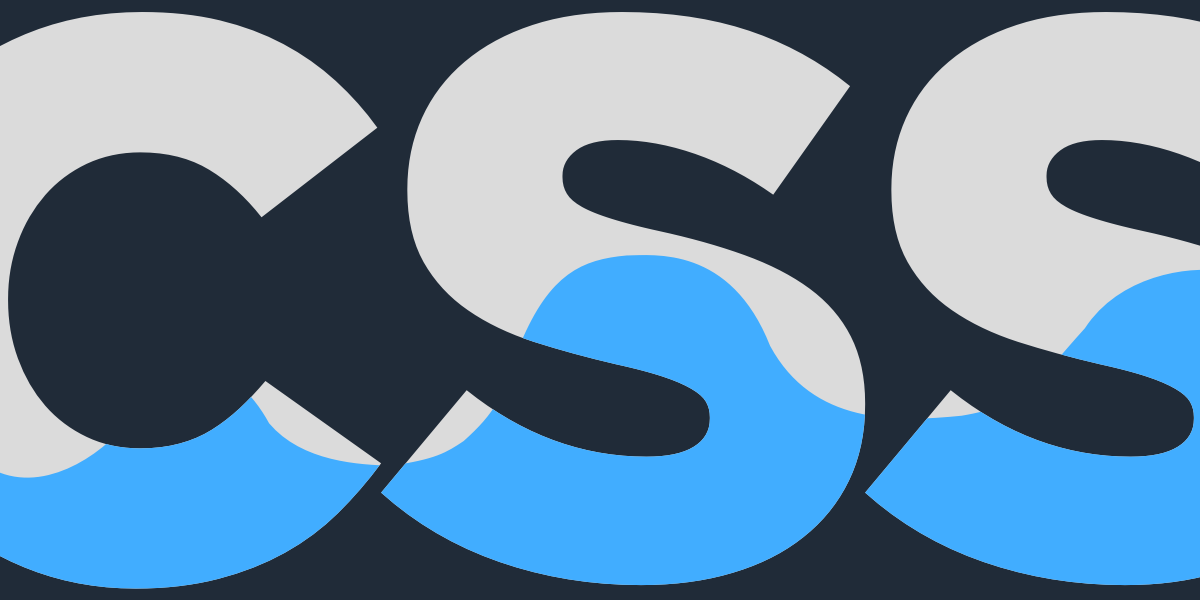
We can apply the concept of fluid typography to almost anything. This way we can have a layout that fluidly changes with the size of its parent container. Few users will ever see the transition, but they will all appreciate the results. Honestly, they will.
![]() css-tricks.com
css-tricks.com
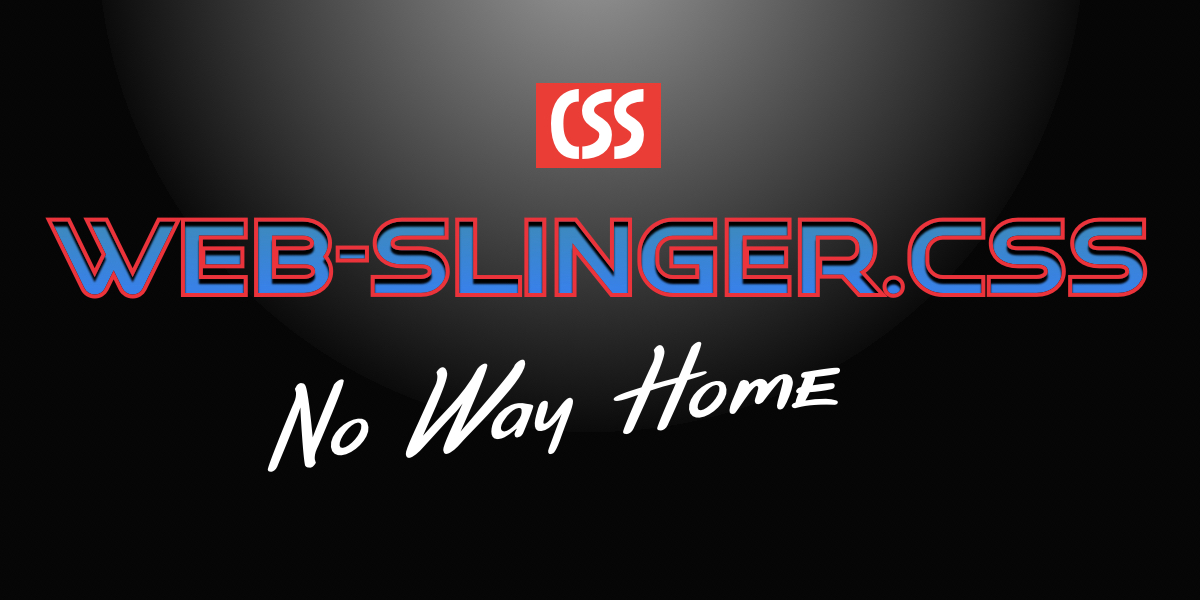
Can we recreate a JavaScript library for scrolling animations with a modern CSS approach using CSS Scroll-Driven Animations? Yes. Yes, we can.
![]() css-tricks.com
css-tricks.com

The results from this year’s survey are fairly fresh off the presses. We took a little time to sit with them and jot down some things we noticed and found interesting.
![]() css-tricks.com
css-tricks.com
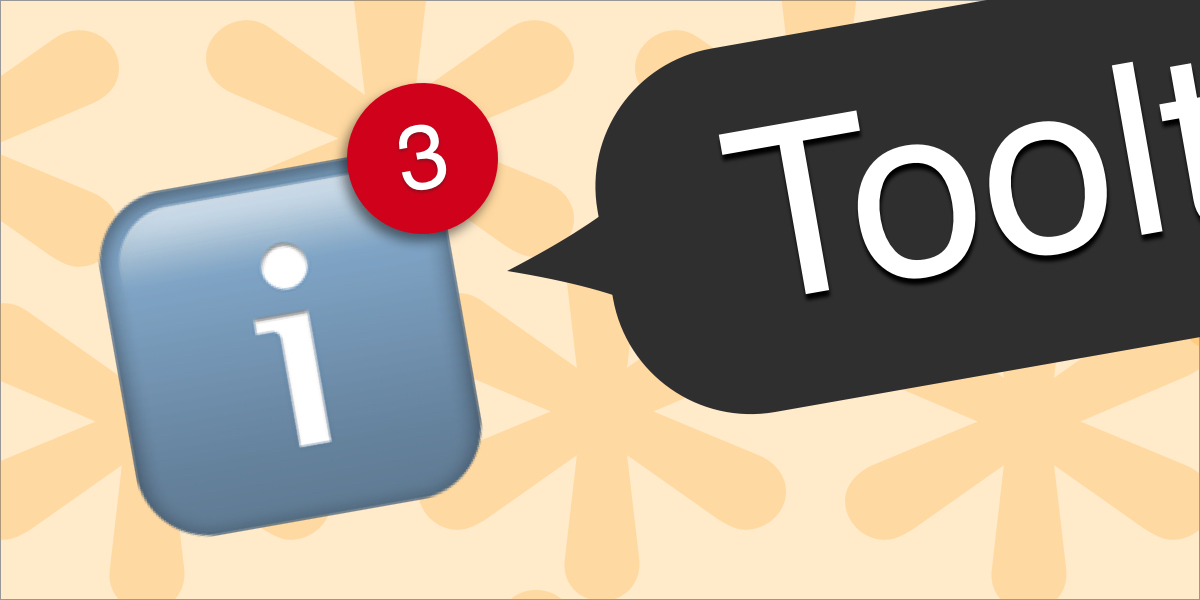
What are tooltips, exactly? There’s two kinds and the one you use has implications on the user experience, as Zell illustrates in this explainer on best practices.
![]() css-tricks.com
css-tricks.com

Dark mode interfaces have matured a lot in the past few years. We all know the “traditional” approach using media queries but in this article, Sara Joy demonstrates modern CSS features that make respecting user color scheme preferences pretty darn easy.
![]() css-tricks.com
css-tricks.com

Imagine a scenario where you need to split a layout in half. Basically two equal height columns are needed inside of a container. Each side takes up exactly half of the container. Like many things in CSS, there are a number of ways to go about this.
![]() css-tricks.com
css-tricks.com

The CSS text-wrap property is (rightfully) widely assumed to be used strictly for text elements. But Terrence Eden posted an article on his blog that shows how it can also be used to balance the way other types of elements wrap, including icons.
![]() css-tricks.com
css-tricks.com

Pop quiz! What’s the difference between a Popover element and a Dialog element? The answer is not all that clear and is widely misunderstood, but Zell has a clear way to explain it so that you know which element to reach for in your work.
![]() css-tricks.com
css-tricks.com

There’s a lot of math behind fluid typography. CSS does make the math a lot easier these days, but even …
![]() css-tricks.com
css-tricks.com

I’m utterly behind in learning about scroll-driven animations apart from the “reading progress bar” experiments all over CodePen. Well, I’m …
![]() css-tricks.com
css-tricks.com

Change can certainly be scary whenever a beloved, independent software library becomes a part of a larger organization. I’m feeling …
![]() css-tricks.com
css-tricks.com
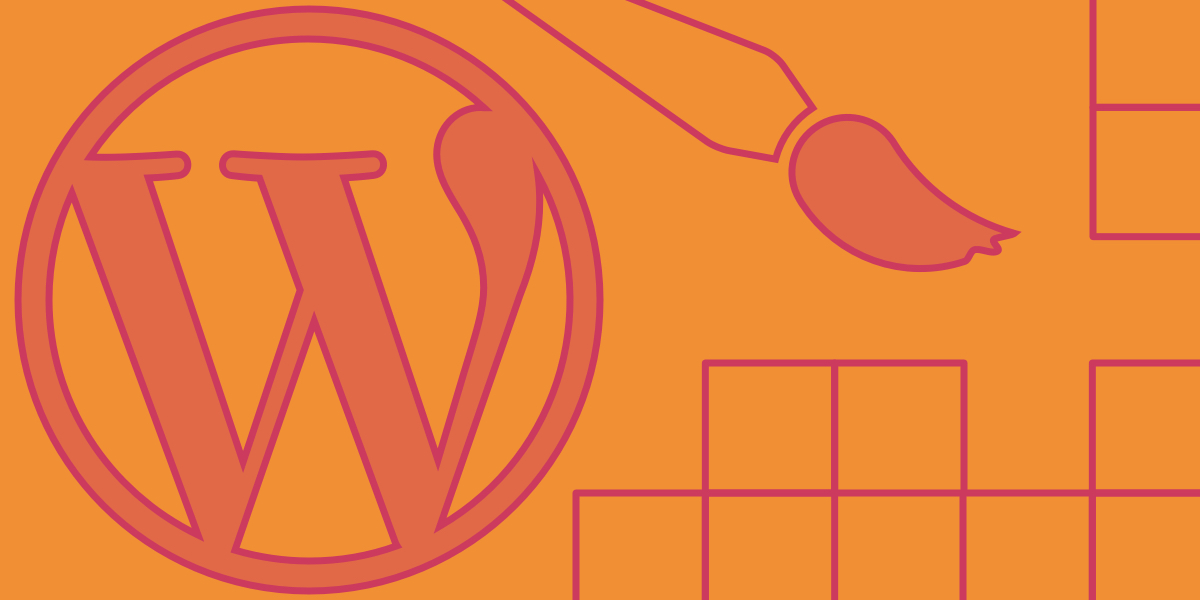
I totally get the goal here: make CSS more modular and scalable in WordPress. Put all your global WordPress theme …
![]() css-tricks.com
css-tricks.com
It really feels like we’ve hit the tipping point where WordPress goes from open-source to a private project when contributors …
![]() css-tricks.com
css-tricks.com

One of the interesting (but annoying) things about CSS is the background of children’s elements can bleed out of the …
![]() css-tricks.com
css-tricks.com

What’s in a word? Actions. In the realm of user interfaces, a word is construed as the telltale of a …
![]() css-tricks.com
css-tricks.com

CSS gradients have been so long that there’s no need to rehash what they are and how to use them. …
![]() css-tricks.com
css-tricks.com

It’s always a gas when a good person doing good work gets a good deal. In this case, Jason’s viral …
![]() css-tricks.com
css-tricks.com

More times than I can count, while writing, I get myself into random but interesting topics with little relation to …
![]() css-tricks.com
css-tricks.com
Looks like text-wrap: pretty has landed in Safari TP! Been in Chrome since 117. Let’s see if Firefox follows suit.
![]() css-tricks.com
css-tricks.com

I sat down with Heydon Pickering in the most recent episode of the Smashing Hour. Full transparency: I was nervous …
![]() css-tricks.com
css-tricks.com

The @supports at-rule has been extended several times since its initial release. Once only capable of checking support for property/value …
![]() css-tricks.com
css-tricks.com

There is an amazing community effort happening in search of a new logo for CSS. I was a bit skeptical …
![]() css-tricks.com
css-tricks.com
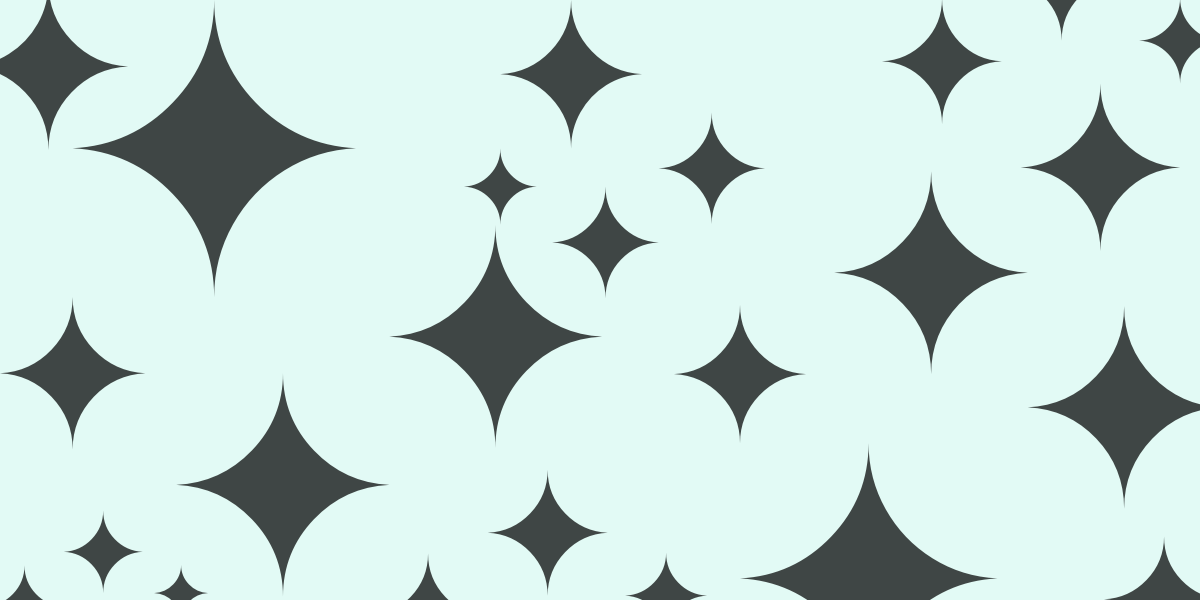
Kate Kaplan hits on something over at Nielsen Norman Group’s blog that’s been bugging me: The challenge with this icon …
![]() css-tricks.com
css-tricks.com

Many of you — perhaps most of you — have been sitting on the sidelines while WordPress and WP Engine …